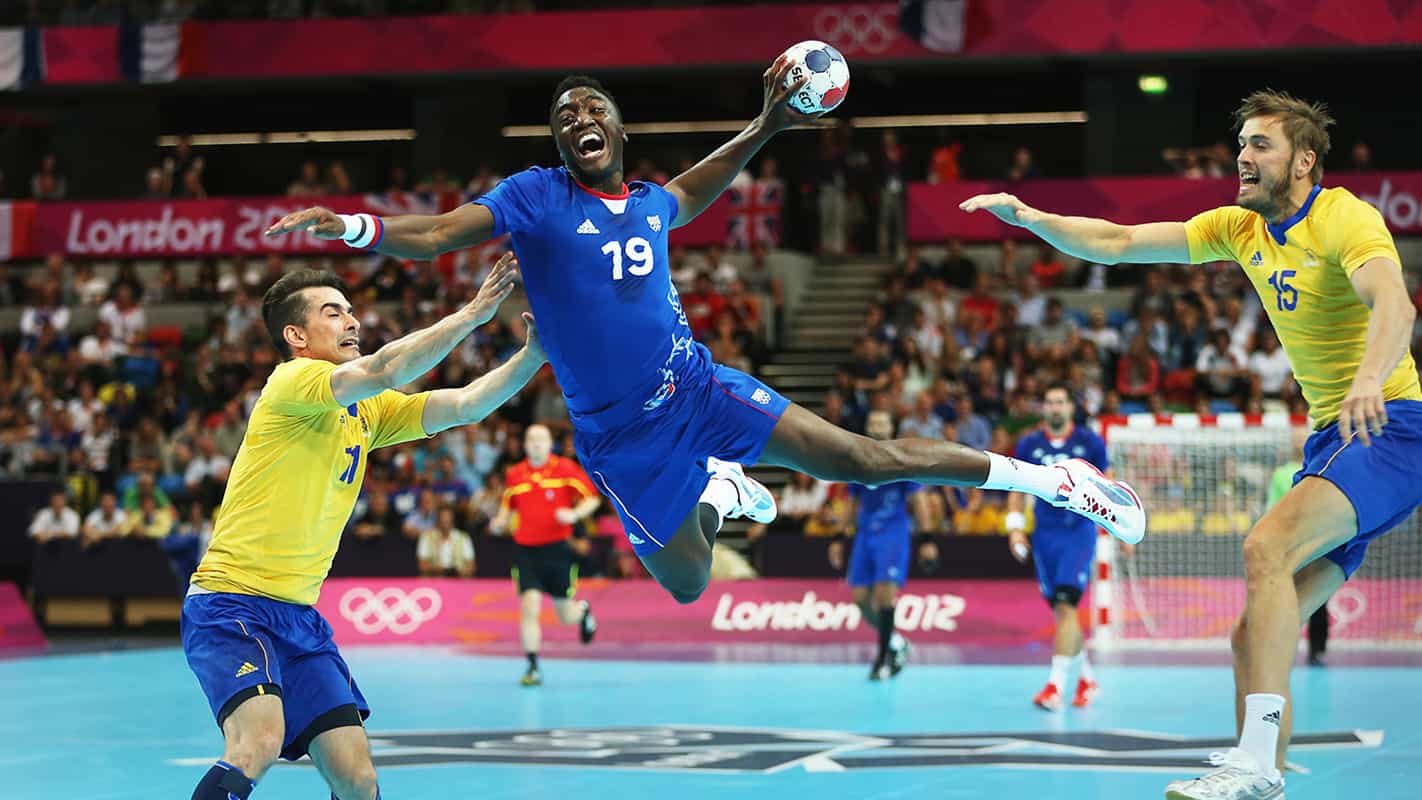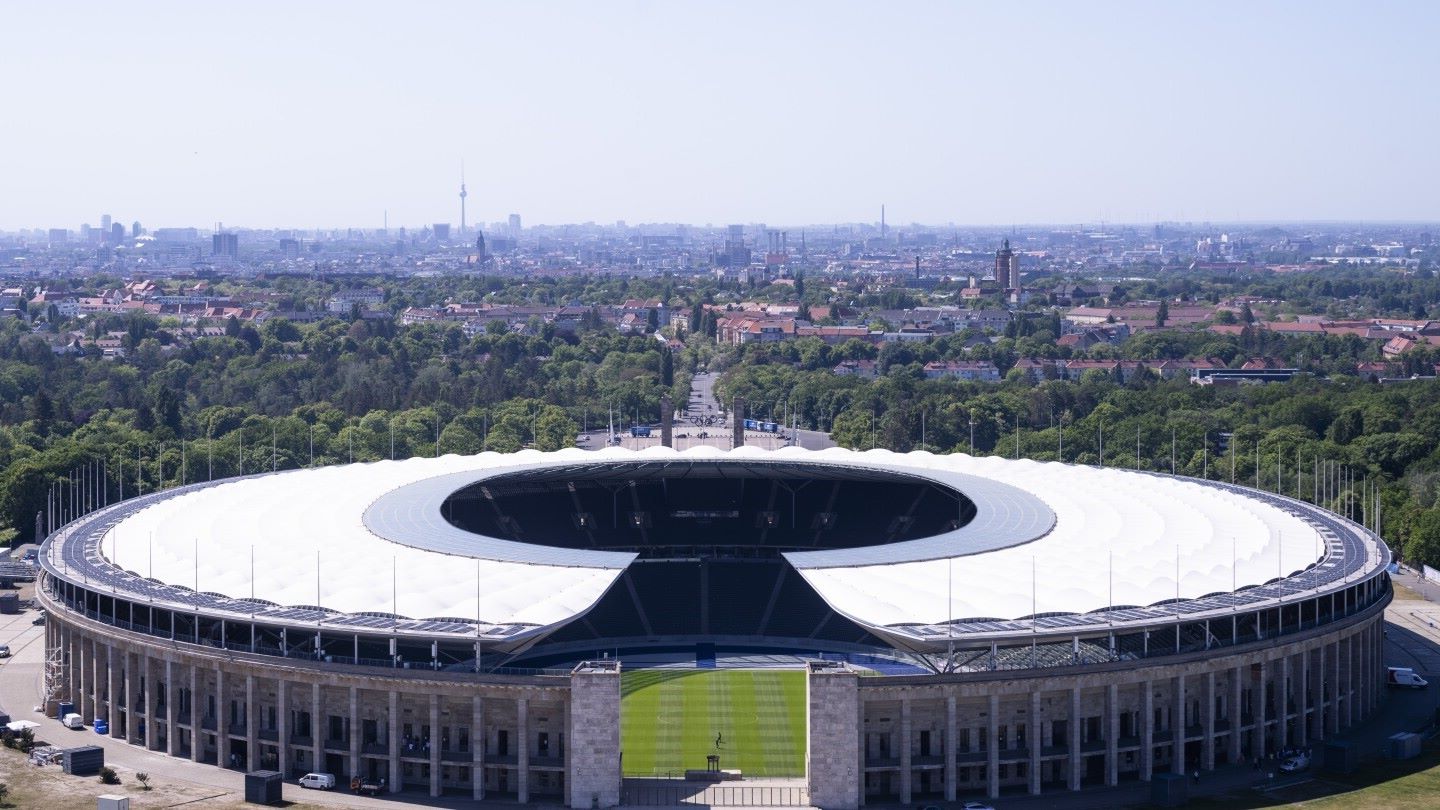
Handball is an exhilarating team sport that combines elements of soccer, basketball, and netball, captivating both players and spectators with its fast-paced action and dynamic gameplay. Originating in Europe in the early 20th century, handball has evolved into a popular global sport, with professional leagues and international competitions drawing enthusiastic crowds. As a physically demanding and strategic game, handball requires players to exhibit exceptional agility, teamwork, and tactical prowess, making it a thrilling spectacle to behold.
In this article, we'll delve into 14 fascinating facts about handball, shedding light on the sport's history, rules, and impact on the athletic world. Whether you're a seasoned handball enthusiast or a newcomer eager to learn more about this enthralling game, these insights will deepen your appreciation for the sport and its enduring legacy. So, let's embark on a journey through the captivating world of handball, uncovering intriguing tidbits that showcase the sport's enduring appeal and cultural significance.
Key Takeaways:
- Handball is a thrilling sport that combines elements of soccer and basketball, played with a small, hard ball on a 40m x 20m court. It fosters teamwork, agility, and sportsmanship, captivating audiences worldwide.
- Handball’s rich history, diverse variations, and global appeal showcase its universal language of sport, uniting individuals through a shared passion for athletic competition and camaraderie. It continues to evolve and inspire new generations globally.
14 Facts About Handball
Handball is an exhilarating and fast-paced sport that has gained popularity worldwide. Here are 14 intriguing facts about handball that showcase the sport's unique history, rules, and global appeal.
Handball originated in Northern Europe.
Handball traces its roots to Northern Europe, where it was first played during the late 19th century. Initially, the game was developed as an outdoor recreational activity before evolving into the modern indoor sport we know today.
Handball is a dynamic team sport that combines elements of soccer and basketball, with players aiming to score goals by throwing the ball into the opposing team's net. The game's fast-paced nature and physical demands make it an exciting spectacle for both players and spectators.
The game is played with a small, hard ball.
Handball is played with a small, hard ball, typically made of leather or synthetic materials. The size and weight of the ball are standardized to ensure fairness and consistency across all levels of play.
Handball is played on a 40m x 20m court.
The standard handball court measures 40 meters in length and 20 meters in width, providing ample space for players to maneuver and showcase their skills. The court is divided into two halves, each housing a goal at either end.
A team consists of 7 players.
Each handball team comprises seven players on the court at a time, including one goalkeeper and six outfield players. The teamwork, coordination, and strategic maneuvers of these players are essential for achieving success in the game.
Handball is governed by the International Handball Federation (IHF).
The International Handball Federation (IHF) serves as the global governing body for handball, overseeing international competitions, setting official rules, and promoting the sport's development on a global scale.
Handball made its Olympic debut in 1936.
Handball made its first appearance in the Olympic Games during the 1936 Berlin Olympics, showcasing the sport's growing prominence on the world stage. Since then, handball has become a staple of the Summer Olympics, captivating audiences with its intense matches and skilled athletes.
The sport has two distinct variations: indoor and beach handball.
Handball enthusiasts can enjoy the game in two distinct variations: indoor handball, played on a traditional court, and beach handball, which unfolds on sandy shores. Each version offers its own unique challenges and thrills, contributing to the sport's diverse appeal.
Handball is particularly popular in Europe.
Europe stands as a hotbed for handball, with the sport enjoying widespread popularity and a fervent fan base across the continent. Countries such as Germany, Denmark, and France have emerged as handball powerhouses, showcasing the sport's cultural significance in the region.
The game boasts a rich competitive landscape.
Handball features a vibrant competitive landscape, with various leagues, tournaments, and championships held at regional, national, and international levels. These events serve as platforms for top-tier athletes to showcase their prowess and vie for prestigious titles.
Handball demands agility, strength, and tactical acumen.
Players in handball must possess a blend of agility, strength, and tactical acumen to excel in the sport. The game's dynamic nature requires athletes to exhibit quick reflexes, robust physicality, and strategic thinking to outmaneuver opponents and secure victory.
The sport fosters camaraderie and sportsmanship.
Handball fosters a sense of camaraderie and sportsmanship among players, emphasizing teamwork, mutual respect, and fair play. These values contribute to the sport's positive impact on individuals and communities, transcending the boundaries of competition.
Handball continues to evolve and expand globally.
As handball continues to evolve and expand globally, the sport's influence and appeal extend to new regions and demographics, fostering a vibrant and inclusive community of enthusiasts and participants.
Handball showcases the universal language of sport.
Handball serves as a testament to the universal language of sport, transcending cultural barriers and uniting individuals through a shared passion for athletic competition and camaraderie. The sport's ability to inspire and unite people from diverse backgrounds underscores its enduring significance on the global stage.
Handball's dynamic nature, rich history, and global allure make it a captivating sport that resonates with athletes and fans around the world. Whether played in competitive arenas or casual settings, handball embodies the spirit of teamwork, athleticism, and sportsmanship, leaving an indelible impact on the sporting landscape.
Conclusion
In conclusion, handball is a dynamic and exhilarating sport that continues to captivate players and fans around the world. With its fast-paced gameplay, physical demands, and strategic elements, handball offers a unique blend of athleticism and teamwork. As we've explored the 14 fascinating facts about handball, it's evident that this sport has a rich history and a bright future. Whether you're a seasoned handball enthusiast or new to the game, these insights shed light on the intricacies and global appeal of handball. From its origins to its evolution as a modern sport, handball's enduring popularity is a testament to its enduring legacy and the passion it ignites in its participants.
FAQs
What are the basic rules of handball? Handball is played on a court with two teams of seven players each. The objective is to score goals by throwing the ball into the opponent's net. Players can pass, dribble, and shoot the ball while adhering to rules such as a 3-step limit and restrictions on physical contact.
How popular is handball globally? Handball enjoys widespread popularity, particularly in Europe, where it is a major sport. It also has a growing following in other regions, with international competitions drawing large audiences and fostering a dedicated fan base.
Handball's rich history and global appeal make this dynamic sport a captivating subject. For those eager to explore more facets of handball, our website offers a wealth of information. Delve into the thrilling world of international handball tournaments, where top teams compete for glory. Discover the fast-paced action of racquetball, a sport that shares similarities with handball. Lastly, uncover the unique traditions and excitement surrounding Gaelic games, a collection of Irish sports that showcase incredible athleticism and cultural pride.
Was this page helpful?
Our commitment to delivering trustworthy and engaging content is at the heart of what we do. Each fact on our site is contributed by real users like you, bringing a wealth of diverse insights and information. To ensure the highest standards of accuracy and reliability, our dedicated editors meticulously review each submission. This process guarantees that the facts we share are not only fascinating but also credible. Trust in our commitment to quality and authenticity as you explore and learn with us.


